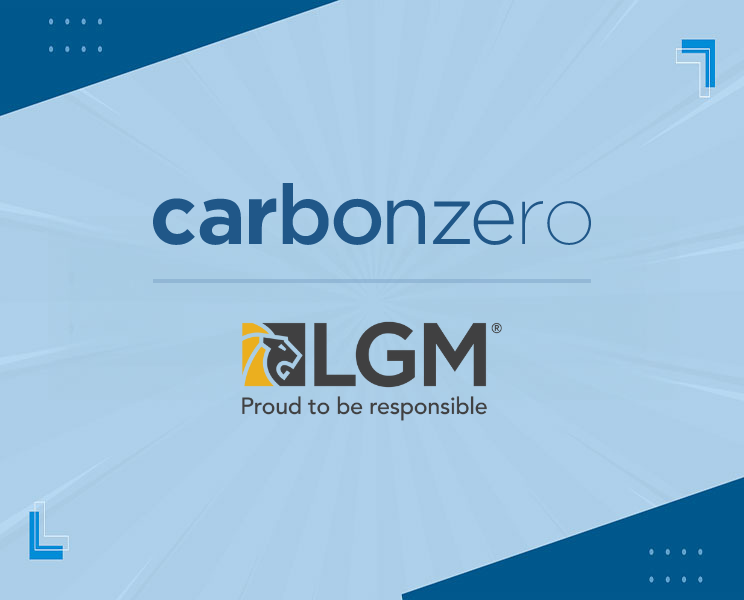Autosphere (June 30, 2021) – Longer payment terms and rising vehicle values influence demand for loan protection products like GAP insurance.
Over the last two decades, we’ve seen a significant trend in auto financing, namely that consumers have been taking on longer and longer loan terms. Today, 72, 84 and even 96-month financing are commonplace for auto loans.
Additionally, during the last decade, we’ve also seen a significant increase in negative equity. Currently, around 30% of Canadians are underwater when it comes to vehicle loans, a significant measure by any standard, which does present some concerns.
Affordability concerns
At iA Dealer Services, George Steinsky, Vice President, National Sales, says that while this situation does present opportunities for dealers when it comes to F&I, they also need to tread carefully when issuing products such as Guaranteed Auto Protection (GAP) insurance, replacement warranty and replacement insurance.
“Negative equity certainly makes these kinds of products more attractive to the consumer,” says Steinsky, but insurers will need to keep pricing away this risk which makes the product less affordable.”
Steve MacIsaac, Vice President of Sales, Ontario and Western Canada for Sym-Tech Dealer Services; says that demand for GAP insurance has increased significantly over the last five years.
“It’s one of our fastest-growing products and with the terms on loans getting longer, consumers are seeing the value in GAP insurance and total loss products.”
Yet while he acknowledges that loan terms have been increasing, the actual length of ownership has essentially remained the same. “The metrics haven’t really changed,” explains MacIsaac.
As a result, as lenders look to provide more affordable auto financing options for Canadians, who still are looking to change vehicles every 4-5 years, that negative equity continues to climb.
Loan length
Adam Hill, Founder and Executive Chairman at LGM Financial Services, says that in the current low-interest-rate environment, the ability for lenders to finance 30% or even more over the loan-to-value means that Canadians can take on more debt and have the means to pay it.
The issue concerns the total amount of that debt and the length of time it takes to pay it off, especially considering that a vehicle tends to depreciate around 20% during the first year of ownership.
Hill says that these market conditions make the idea of GAP insurance appealing to many consumers, especially those who provide minimal down payments, want longer terms and lease the vehicle.
Yet Hill acknowledges that in Canada, due to regulation, it isn’t easy since not all dealers are eligible to sell “true” GAP insurance, though other related products are available.
Yet, with the current new vehicle inventory shortage driving up prices and dealers able to get full stickers and sometimes more from the vehicles they do have, there’s a growing need for loan protection products like GAP.
Hill believes that if some regulatory reform took place, creating a situation where the same products could be sold in multiple markets, it would further stimulate demand as well as providing dealers with better options for their customers.
Trade-in considerations
Besides dealers getting more per vehicle sold, the hot demand for cars and trucks, whether new or used, also means that many consumers are getting top dollar for their trade-ins too, though as Steve MacIsaac, notes, this represents an opportunity for dealers to educate their customers, particularly when it comes to loan protection.
“If a customer is getting an extra $5000 on their trade-in, they may decline a product like GAP, thinking they don’t need it this time around.”
Doing so, he says, really is a false economy, since if the amount they owe is still substantial and their new vehicle is involved in a collision and is written off the following year, the consumer is not protected from the difference in the value of the vehicle and the amount they owe on the loan.
“It really comes down to educating customers and training staff,” he says illustrating that this is where F&I vendors can really make a difference for the dealers they work with.
Electric Vehicles
For products like GAP insurance, electric vehicles represent an interesting proposition.
The current political and media focus on EVs mean we could see a lot of demand for these types of vehicles in the next several years but issues with supply (similar to what we’re currently dealing with for conventional cars and trucks) could remain, impacted raw materials, manufacturing and ongoing infrastructure challenges.
Adam Hill, Founder and Executive Chairman at LGM Financial Services says, in that type of scenario, negative equity will likely already be high for many customers looking to trade up to an EV, but historically, the residual value on EVs has been low and depreciation faster than a comparable ICE vehicle.
If that remains the case, Hill says the demand for products like GAP insurance could be very significant in the EV market, creating even more opportunity for F&I offices at dealership locations, particularly in areas where there’s a steady demand for both new and used EVs.


